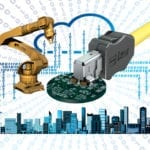Electric Motorcycles Rev Up International Interest
As electric car technology advances, personal transportation modes are adopting those electronics systems and innovating their own unique wiring and charging strategies. We look at the progress made and what lies ahead for the e-motorcycle market.
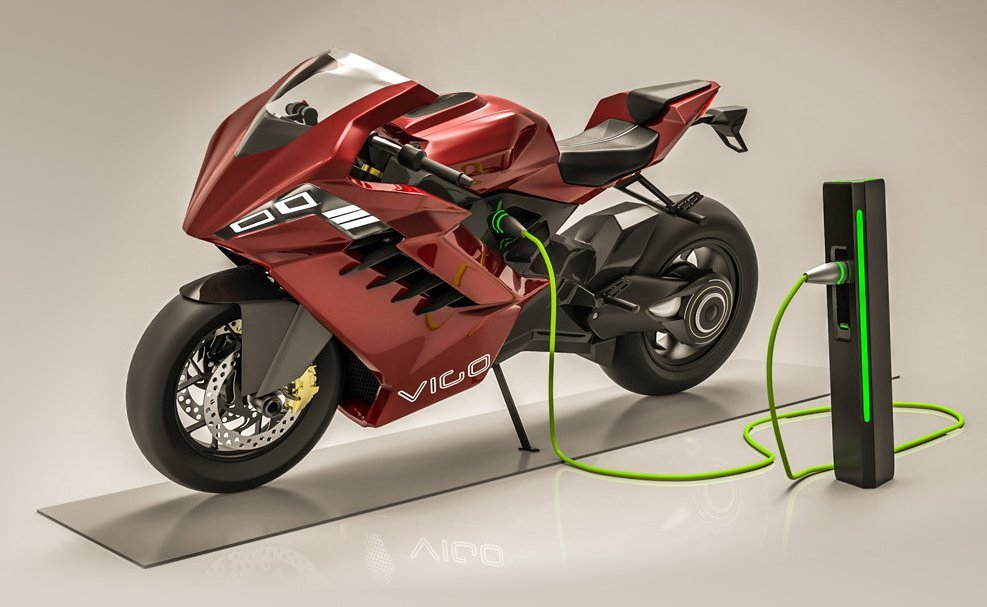
In spring 2019, Japanese motorcycle manufacturers Honda, Kawasaki, Suzuki, and Yamaha announced a new collaboration to standardize replaceable battery technology for electric motorcycles. This announcement is a significant step towards the electrification of personal mobility, as disparate charging protocols for electric motorcycles have been seen as a stumbling block in the adoption of clean technology.
The typical range of an electric motorcycle is 50 to 60 miles (80 to 97km), so accessible recharging is vital. This is the first time the Big Four motorcycle manufacturers have addressed a universal standard to open up the market. Currently, manufacturers that offer an electric option rely on a variety of battery and charging strategies.
Chris Hodder, consultant for the Motorcycle Industry (MCI) the UK trade association for motorcycle suppliers, said, “Many e-motorcycles run from a [mains] plug to recharge the battery at home or at work. Some manufacturers are coming to market with interchangeable batteries that can be plugged in at home or removed for charging and replaced with another battery. Austrian motorcycle manufacturer KTM has an electric off-road bike and sells replacement batteries; although not as expensive as electric car batteries, they are still hundreds of Euros.”
Many mopeds, which feature an engine capacity up to 50cc and a max speed of 28mph/45kph, and scooters, which feature up to 900cc engines and have a platform for the rider’s feet, already have a removable battery. This battery typically weighs about 17.5lbs (8kg), so it can easily be transported to a charging point. Removing the battery is also a security feature, as it makes the vehicle immobile and thus less likely to be stolen when left unattended.
Size Dictates Design
The electronic content in a motorcycle includes sensors, relays, on-board diagnostics, electronic control units (ECUs), metering, anti-lock braking systems (ABS), and on-board diagnostics. As with all forms of transport, the weight of the components must be carefully considered. Equally important is the size of the component. “Changing direction is all about the center of gravity,” says Hodder, “so this is where the center of mass has to be.” The nature of a motorcycle’s design, with a wheel at each end and bodywork either side, means that the components are positioned as centrally as possible to optimize performance.
The design philosophy for e-motorcycles is the same as for electric vehicles, says Hodder: small and simple. Motorcycles are smaller than vehicles, so they use less energy, but the high-performance models use automotive connectors with data pins and the same connectors for smart charging. This has led to connector introductions with higher pin densities for analog and digital signals and fully isolated terminals so that they can be placed next to power rails to optimize the use of the limited space available.
Important criteria for e-motorcycle connectors are EMC compatibility, size, and weight, although this last feature is not always as important, depending on where on the bike the connector is used. They also have to be robust, as they are often exposed to harsh environments for long periods. They need to be waterproof, vibration resistant, and be able to withstand wide temperature ranges.
Connectors are used in systems for charging standard or lead acid batteries, as well as in auxiliary electronic devices. Heated gloves, jackets, and waistcoats [vests], however, typically run on batteries, although some can run on the bike’s power supply. Also popular is a heated kidney belt, which is unobtrusive, says Hodder, and heats the whole body. The use of Bluetooth has eliminated many wires. Riders can use Bluetooth in the protective helmet to connect a smartphone, speakers, and a microphone for call, music, and satellite navigation.
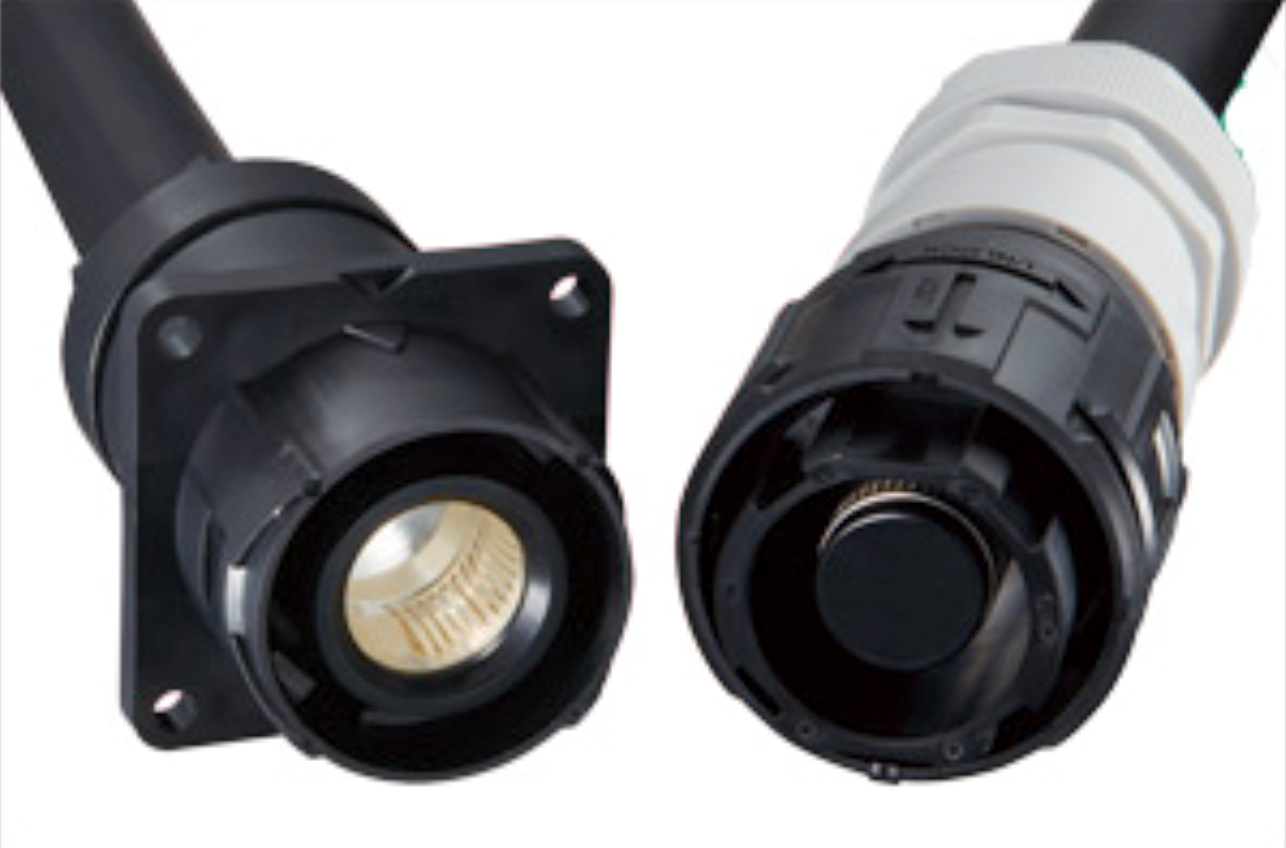
Hirose’s EM40M Series connector serves as the battery interface in the REV1 and 2 racing motorbikes.
The Rochester Institute of Technology Electric Vehicle Team designed and built the REV1 electric motorbike and its latest iteration, the REV2. The Hirose EM40M connector serves as the interface for the custom battery, which features 1,200 lithium ion cells and a system voltage of 400VDC. Hirose sponsors the team and offers insights on electric drivetrain wiring considerations, including data acquisition, charging, power conversion, thermal regulation, and vehicle networking. These bikes have competed in numerous racing events, and the REV2 will race in the Pike’s Peak International Hill Climb in Colorado on June 19, 2019.
Emission Regulation Impacts
Much of the electronic content on petroleum-fueled motorcycles is found in sensing and control systems to meet emission regulations. The move to battery-driven powertrains is prompting connector designers to focus on sealing, electrically shielding, and physically protecting the quality of signal and power connections.
The European Union (EU) has introduced Euro 5 and Euro 6 emission directives, which are stricter than their predecessors. The lower limits on carbon monoxide and exhaust emissions will be introduced in Europe and Japan by 2020. Taiwan has already introduced lower limits, equivalent to the EU 5 directive, and India — the world’s largest motorcycle market — is introducing Euro 6 limits in 2020. China is lagging behind, but will implement the equivalent of Euro 4 emission limits this year. The UK expects to see significant growth in electric motorcycles by the end of this year, but it is starting from a very low base, as electric motorcycles currently account for less than 1% of the market.
Sales of low-power e-motorcycles (i.e., scooters and mopeds) are strongest in Asia, while in the US and Europe, higher-power e-motorcycles are more popular. Japanese and European manufacturers are still only producing electric model prototypes, leaving the field clear for Californian-designed Zero Motorcycles (which are manufactured in China) and motorcycle icon Harley-Davison, which will introduce the LiveWire premium all-electric motorcycle this September.
Electric Motorcycle Battery Technology for Team Storm
At the 2016 electronica exhibition in Munich, a group of students from the Eindhoven University of Technology attracted a lot of interest with their innovative modular battery pack for all-electric touring motorcycles. Each battery pack contains 24 cartridges with 28.5kWh of energy for a range of 236 miles (380km) on a single charge, which represents great strides in battery technology. To demonstrate its power and reliability, Team Storm completed a successful trip around the world in 80 days on these electric motorcycles in 2017. The next challenge is to produce the battery commercially and in volume.
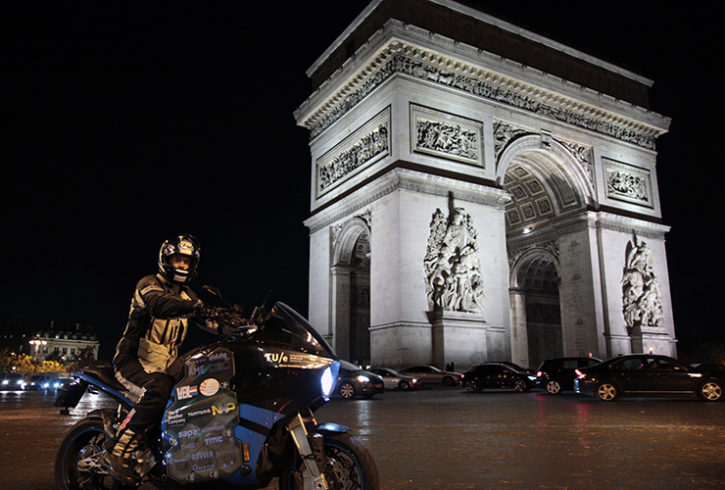
Storm Eindhoven developed a battery pack that more than triples the range of conventional e-motorcycles. (Picture – Eindhoven University of Technology)
TE Connectivity partnered with the student team to advise on the harsh-environment connectors that would be needed to support the team as it travelled 16,000 miles (26,000km) through Europe, Asia, and North America.
“The right connectors for connecting and disconnecting the battery cells are obviously extremely important, and so are the high-current relays, which TE is supplying from its EV [electric vehicle] series,” said Rob Megens, sales and marketing director for Industrial and Commercial Transportation (ICT), TE Connectivity. “The relays are specially designed for high-voltage applications.”
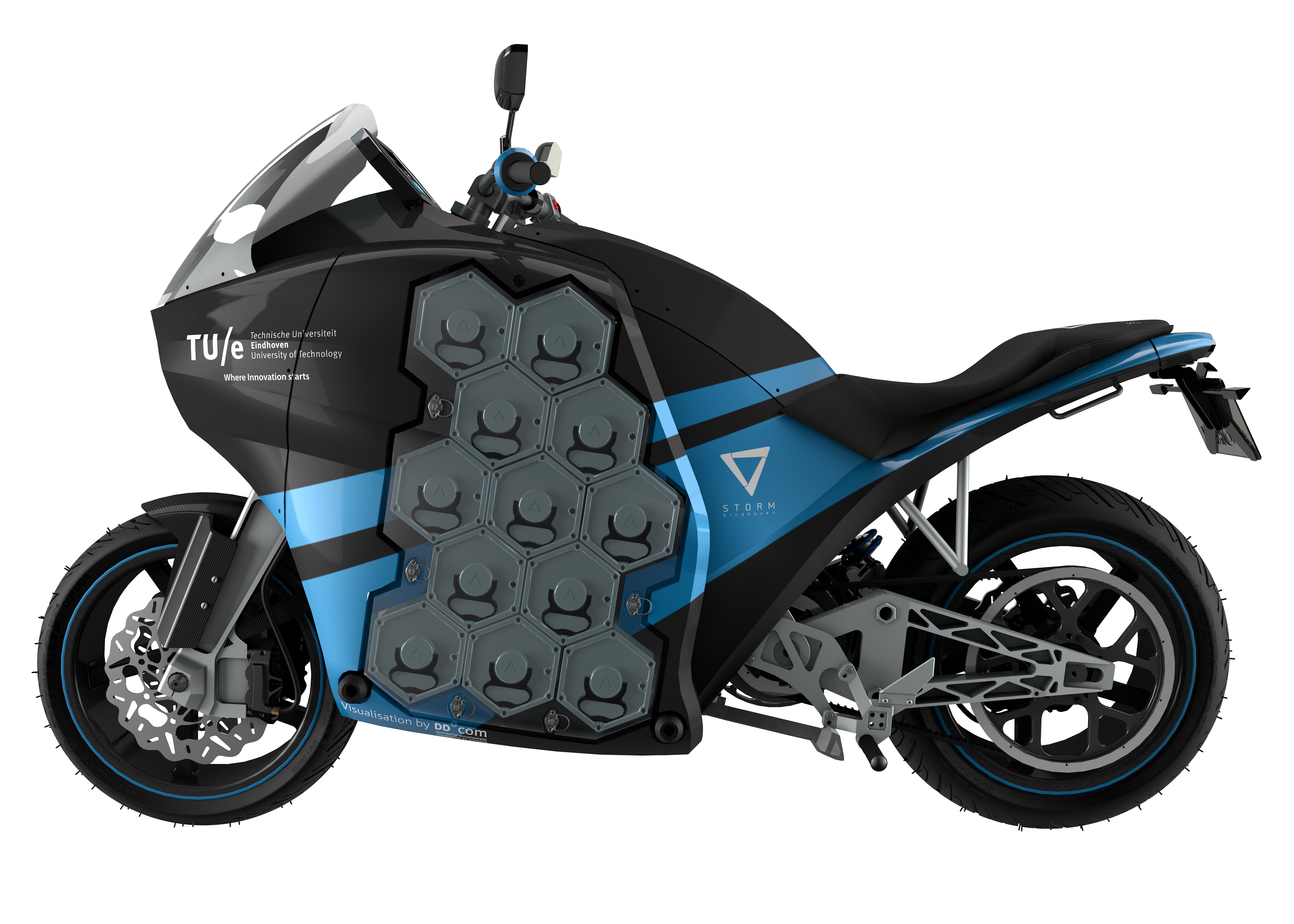
TE Connectivity partnered with Team Storm to advise on connector and relay choices. (Picture – TE Connectivity)
“TE sees electric power as the future for driving, so the Storm Eindhoven initiative was the perfect match,” he said. “TE is also learning from the initiative and will use what we’re learning to improve our portfolio of electric and electronic solutions aimed at the transport sector.”
Like this article? Check out our other New Technology articles, our Transportation Market Page, and our 2019 Article Archive.
- Matter: A Show of Unity for Connectivity - September 5, 2023
- Brexit Update: UK Connector Industry - March 28, 2023
- Sensors Make it Plain Sailing for a Smart Ferry - February 21, 2023



